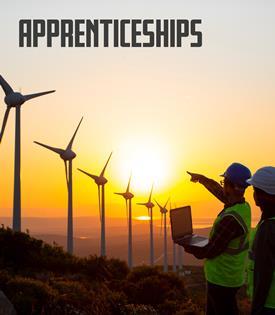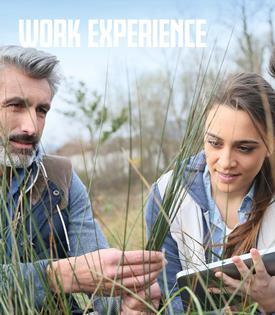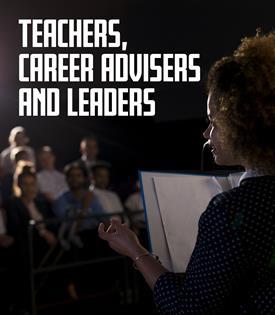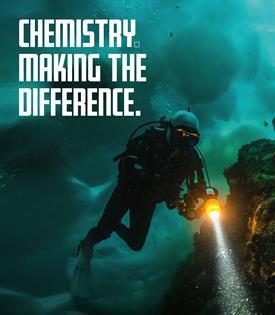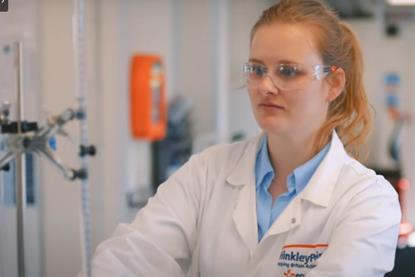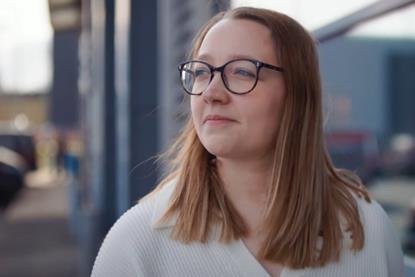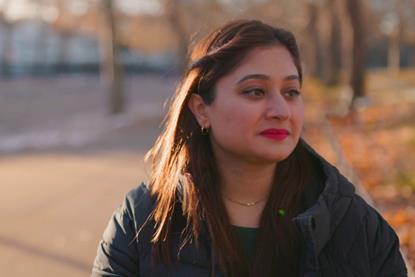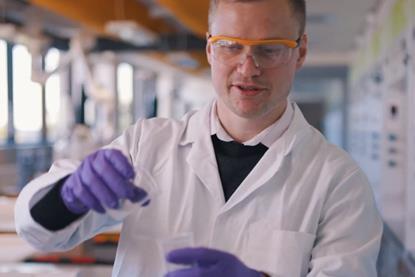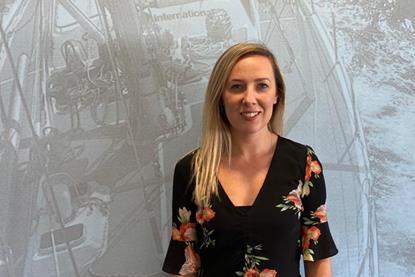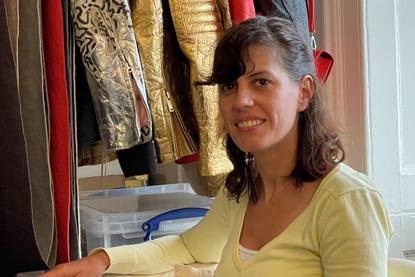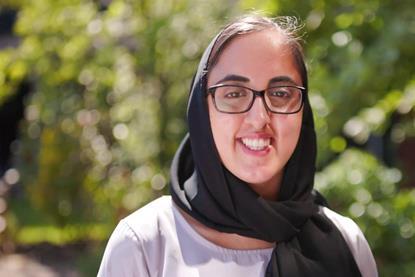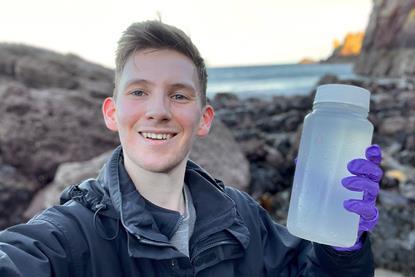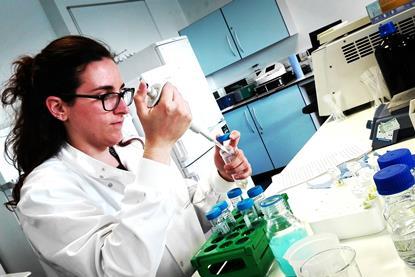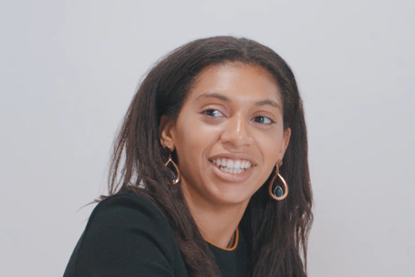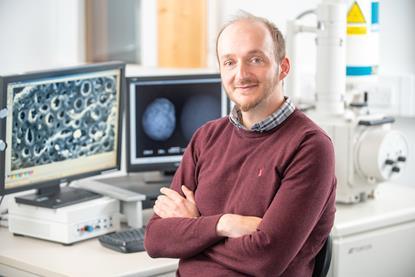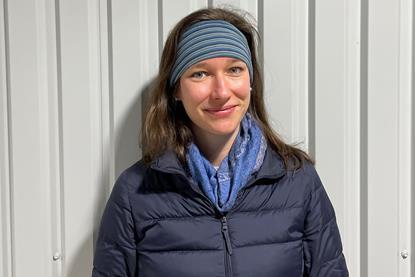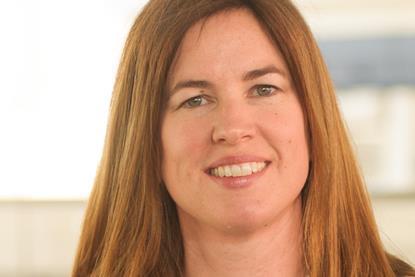Fixing the future
Chemistry’s role in solving global issues
Our news bulletins are full of world problems that could seriously impact the lives of future generations. Climate change… pollution… energy crises… deforestation. Chemistry is working tirelessly behind the headlines and contributing to a better, sustainable world.
Chemistry engineer, nuclear
Beth safeguards water quality to ensure nuclear power stays clean and sustainable.
Research scientist, microplastics
Sophie is stopping microplastics going into the environment when you wash your clothes
Principal air quality consultant
Saba’s air quality assessments help clients worldwide to minimise their air pollution
Chief executive officer
Daniel is helping the world to reach net-zero carbon emissions by creating a way to turn manufacturers’ waste carbon dioxide into chemicals that can be used in everyday products
Section leader, wind
Maria develops new and innovative coatings for wind turbines so that they can generate more renewable energy for longer
Market development manager
Vikki helps develop sustainable packaging with less carbon dioxide impact and the ability to reduce food waste
Head of research and sustainability
Raquel develops a sustainable fabric called Piñatex that comes from pineapple leaves that would otherwise be burnt
Research fellow, battery recycling
Zubera is discovering ways to recycle precious materials from electric car batteries
Marine biogeochemist
Ben’s research focuses on how the biology and chemistry of our oceans are responding to climate change in order to learn how we can protect our marine environments and ecosystems
Research & development team leader - smart food labels
Giorgia leads a team at a small company that is helping to fight food waste by developing smart labels technology
Analytical technician, plastics
Celine modifies the molecular structure of plastics so they can biodegrade in the natural environment
Water technologist – research fellow
Dr Pap’s research is supporting the transition to a net zero, circular economy in the UK water sector
Professor and enterprise, partnerships and innovation lead
Ian’s research mitigates climate change and has led to the production of energy-generating coatings for buildings
Scientific consultant
Sam provides advice on batteries and energy storage devices to customers across the world
R&D chemist
Océane researches ways to make packaging biodegradable
Solar technology engineer
Ryley develops cutting-edge solar cell technology to make solar power cheaper and more efficient so that this renewable source of energy can become more mainstream
PhD researcher
Lizzie investigates new battery materials for lithium-ion batteries which power devices such as smart phones, laptops and electric vehicles
Chief technology officer and co-founder of Lixea, a sustainable solutions company
Florence is developing a way to produce raw materials that are renewable, reusable, recyclable and toxic free
Professor of biorefineries
Professor Sixta converts cellulose, a renewable resource found in wood or plants, into products like yarn for making clothes
Professor of environmental chemistry
Patricia uses chemistry to develop new ways of detecting, monitoring and analysing quantities of environmental pollutants


